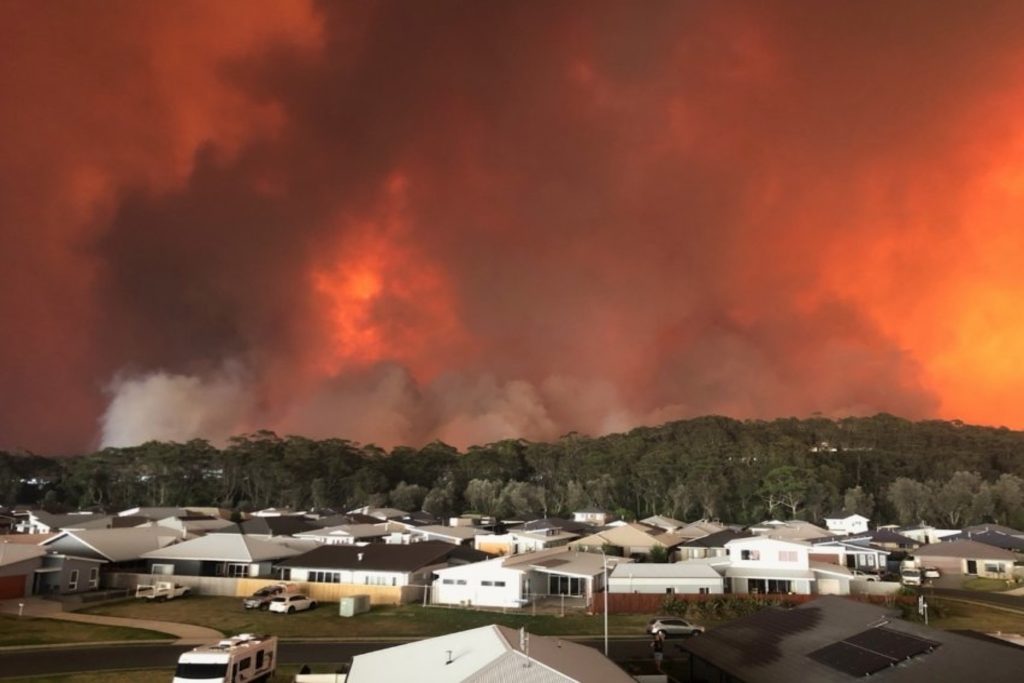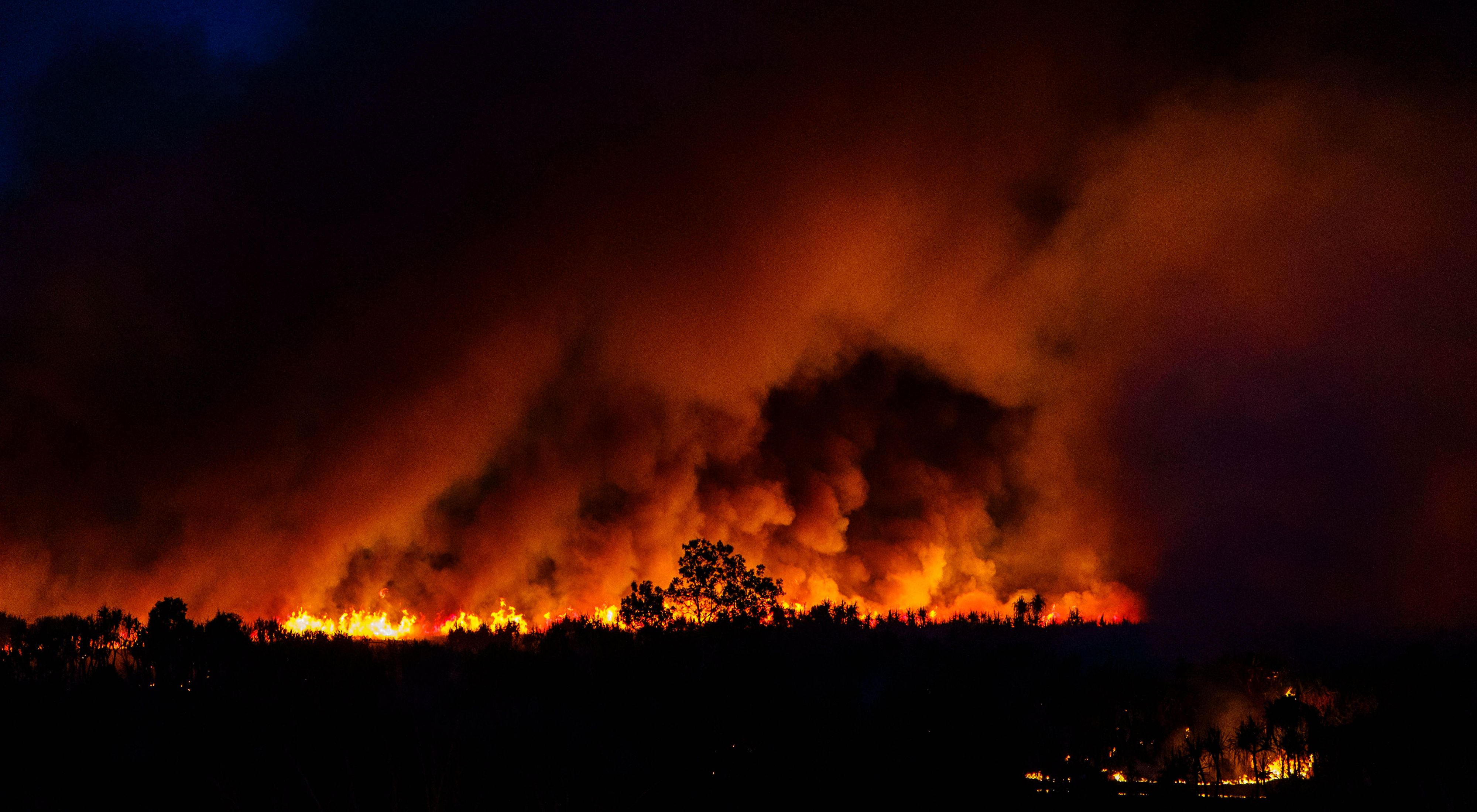Exactly How BAL Record Impacts Bush Fire Protection Procedures
In the world of bush fire protection, the Structure Attack Degree (BAL) record stands as an important device that substantially influences the security and strength of buildings in fire-prone areas - BAL Report. The impact of a BAL assessment prolongs far past simple documents; it offers as the keystone for identifying the suitable building and construction standards and fire protection steps required to minimize the threats posed by bushfires. As communities face progressively serious fire seasons, comprehending how the BAL report forms these safety steps comes to be paramount for contractors, property owners, and policymakers alike
Understanding the Bushfire Strike Degree

Importance of BAL Report Evaluation

In Addition, the BAL report analysis works as a fundamental step in following lawful responsibilities and requirements associated with bushfire defense. Local councils and authorities often mandate the submission of a BAL report as part of the planning and building approval process to ensure that properties are sufficiently secured versus bushfire threats. Failing to perform a complete BAL record evaluation can result in insufficient protection procedures, leaving properties at risk to ravaging bushfire cases.
Building Criteria Based Upon BAL
A thorough understanding of the Bushfire Strike Level (BAL) enables homeowner to implement building and construction standards customized to their specific threat account. Construction standards based upon BAL are crucial in alleviating the effect of bushfires on residential or commercial properties. The BAL score classifies the possible threat a property deals with during a bushfire on a scale from BAL-Low to BAL-FZ (Fire Area) Each BAL level matches to specific construction requirements outlined in the Australian Basic AS3959-2018 Building And Construction of Structures in Bushfire-Prone Areas. Residential properties classified as BAL-Low might just need basic actions such as clearing particles and maintaining yards, while those in higher BAL classifications require more durable procedures like ember screens, fireproof products, and secured windows. Adhering to these construction requirements not just boosts the structural strength of the residential or commercial property yet likewise improves the general safety of locals throughout a bushfire occasion. Consequently, homeowner have to thoroughly consider their BAL score and adhere to the equivalent building and construction standards to effectively safeguard their owners and homes.
Executing Fire Protection Actions
With the foundation of building and construction criteria based on Bushfire Strike Degree (BAL) in position, the emphasis now shifts in the direction of the practical execution of fire security steps to fortify properties versus bushfire dangers. Carrying out fire protection actions includes a combination of passive and energetic approaches to improve the resilience of structures in bushfire-prone areas. Passive steps consist of utilizing fireproof structure materials, mounting ember guards on vents, securing gaps in roofs and wall surfaces, and maintaining a clear area around the property devoid of flammable plants. Energetic procedures incorporate having firefighting devices readily offered, such as hoses and water pumps, in addition to creating a defendable room around the residential property by clearing plant life and having a well-maintained yard. Furthermore, developing an emptying strategy and guaranteeing all citizens are aware of emergency situation treatments are vital sites components of efficient fire security measures. By integrating both passive and active approaches, buildings can dramatically reduce their vulnerability to bushfire events and boost the security of owners.
Shielding Houses Against Bushfires
Efficiently safeguarding homes against the harmful impacts of bushfires calls for a comprehensive and aggressive strategy to fire security measures. Additionally, securing spaces and vents to prevent cinder breach, as well as incorporating fire-resistant doors and windows, can assist fortify the home's protection versus bushfires. By welcoming an aggressive position and integrating these protective steps, house owners can dramatically increase their chances of safeguarding their homes versus bushfires.
Final Thought
Finally, the Bushfire Strike Level (BAL) record plays an important role in determining the essential security steps against bushfires. By evaluating the BAL, building standards can be customized to alleviate the risks and guarantee the safety and security of homes in fire-prone areas. Applying fire security actions based upon the BAL record is important in protecting residential properties from potential bushfire dangers. It is necessary for property owners to focus on BAL assessments and follow suggested construction criteria to improve bushfire resilience.
In examining bushfire risk to properties, recognizing the Bushfire Strike Level (BAL) is a critical element for executing efficient protection webpage procedures. In general, a clear understanding of the Bushfire Assault Degree is vital for implementing appropriate protection procedures and reducing the impact of bushfires on buildings.

Comments on “Expert Insights: Why Every House Owner Demands a Thorough BAL Report”